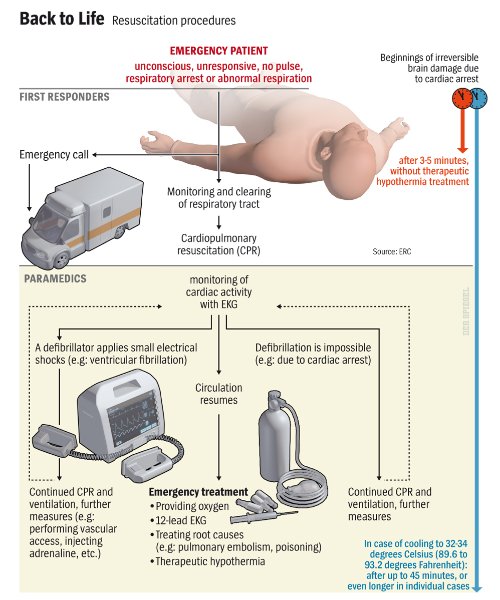Genetically modified has 25% higher yield from larger grains
China consumes nearly a third of the world’s rice, which is more than what the country currently produces. As its demand for rice continues to increase, crop breeders must come up with new ways to improve grain yield — and genetic modification is undoubtedly the most promising route. Yueqin Chen at Sun Yat-sen University in …




